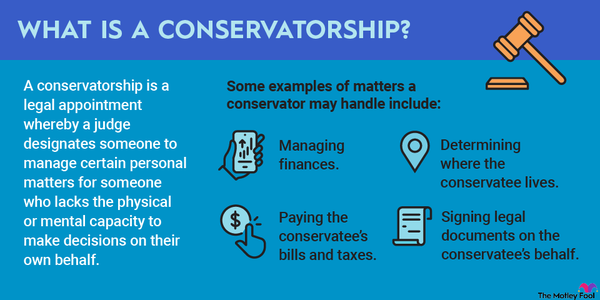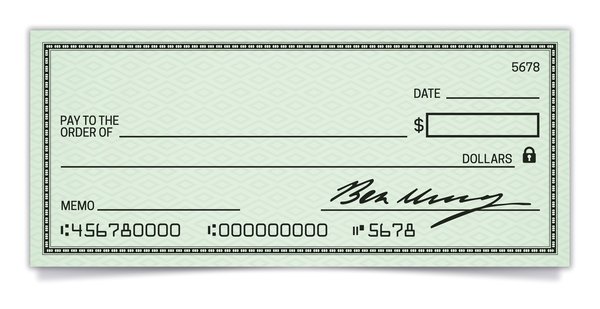A covered call is an options investing strategy where investors sell a call option contract to augment returns for a stock they already own. It's generally considered the safest options strategy out there. But there are still some downsides.

What is a covered call?
What is a covered call?
Every options contract represents an agreement to buy and sell 100 shares of an underlying stock for a predetermined price at a predetermined time. If the buyer stands to make money by the contract expiration date, then they exercise their contractual right to buy. If not, then they don't exercise the option, and the contract expires.
Investors can sell call options contracts without owning the stock -- called "naked" options. But with a covered call, investors own 100 shares of the stock for each options contract they sell. That way, if the buyer does exercise their right to buy, the seller is covered -- they already own shares to sell to the other party.
Upsides and downsides
The upsides and the downsides of the covered-call strategy
Investors who buy call options pay money up front. According to studies, though, most options contracts are never exercised, meaning the buyers bought the option for nothing. So it's generally better to sell options contracts to make money.
However, not all selling is created equal. Investors who sell naked call options can lose a lot of money if the underlying stock skyrockets before the contract expiration date -- they're forced to buy the stock at a higher price and immediately sell it for the lower price stated in the options contract. Selling covered calls avoids this very real risk.
When investors sell options contracts, they get paid up front. This money is theirs to keep, regardless of whether the contract is exercised or not. However, the money made from selling contracts is considered a short-term capital gain, so it's taxed at a higher rate than a long-term investment.
Another downside to the covered-call strategy is it puts a temporary ceiling on potential investing returns. For example, if an investor sells an options contract with a $50 strike price, they're obligated to sell at $50 per share, even if the stock goes to $100 per share by the expiration date.
Options
When to use
When investors might use the covered-call strategy
There's a variation of a covered call called a buy-write. With this strategy, investors purchase 100 shares and simultaneously sell a call option. This can be a good approach when investors want to buy a new stock but are hoping for a lower price. By selling the options contract when buying shares, investors lower the total cost of entering into a new position.
Covered calls could also be a good way for investors to exit existing stock positions. For example, let's say an investor owns 100 shares of a stock that they decide to sell. Let's also say it trades at $100 per share. If they're not in a hurry, they could sell a call option with a $100 strike price that expires in a couple of months. If it still trades at or above $100 per share by the expiration date, they'll sell the stock as previously planned. But they'll also have a little extra money from selling the options contract.
Finally, some stocks trade sideways for long periods of time. Covered calls can be helpful in this scenario, as well. Investors can sell call options contracts with a strike price above where the stock is trading. Assuming the stock continues to trade sideways, these contracts will expire and be worthless. In this scenario, investors keep the money from selling the contracts and also keep their shares. This allows them to subsequently sell new call options in the future. It can be a way to generate some recurring cash flow from a stock that's otherwise not doing much.
Strike Price
Related investing topics
Example of a covered call
Example of a covered call
Let's say ABC Company makes components used in making OLED screens and I own 100 shares. The stock of ABC Company is up 48% for the year. Recent gains have been strong, so I'm worried that it could go down in the near term. But the company also has catalysts coming with new products, so I also want to keep my shares for the long term.
As of this writing, ABC Company stock trades at $160 per share. I could sell one call option with a $180 strike price that expires in 4 months, for about $600 based on current market prices. That's almost a 4% return on the value of my position. So long as ABC Company closes below $180 per share on the expiration date, I'll get to keep my shares and hopefully ride the position higher in moving forward, thanks to its new products. But I'll have also pocketed a little extra cash in the meantime from selling the call option.
As seen here, the covered-call strategy is relatively safe and can make sense in certain scenarios. However, investors need to make sure they understand all the details before implementing the strategy because even covered calls have risks.
















































































































































